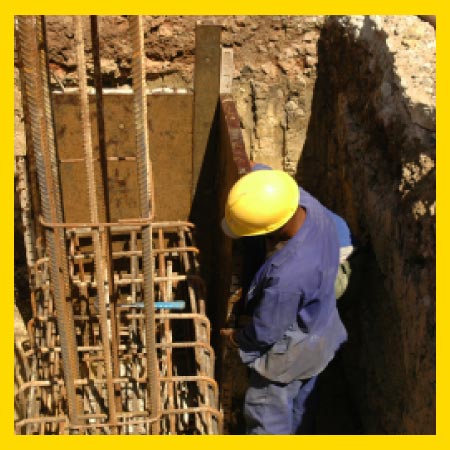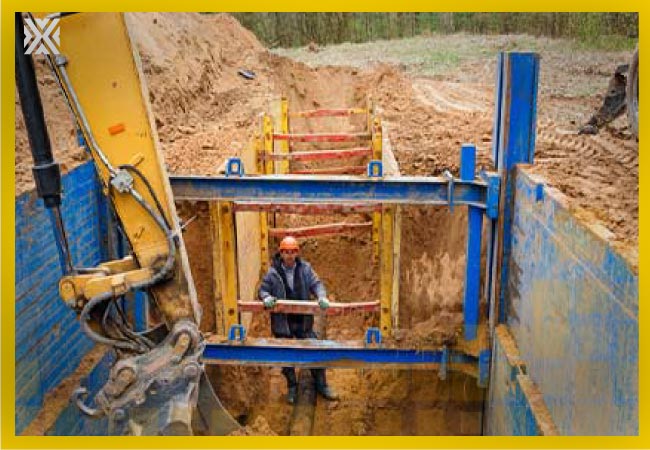Currency
January 05, 2023

Trench-related deaths were on the rise in the first six months of 2022. Twenty-two workers died from trenching and excavation-related incidents in this time frame. In 2021, only 15 workers died the entire year.
From 2003 to 2017, 373 workers lost their lives to trench-related incidents, according to the National Institute for Occupational Safety and Health (NIOSH).

Working in a trench presents many hazards for workers, including trench collapses. NIOSH sums up the dangers of trench collapses in two simple sentences: “A small amount of dirt may not seem dangerous, but one square yard can weigh more than 3,000 pounds—the weight of a compact car. This small amount of dirt is enough to fatally crush and suffocate workers.”
How can employers keep workers safe from these collapses? OSHA provides these recommendations.
Employers should also be sure to review and follow state and federal OSHA standards for trenching in their industry.
OSHA has additional resources on overall trench safety, including an On-Site Consultation Program for eligible businesses, a trenching and excavation webpage and a safety video.
"In a matter of seconds, workers can be crushed and buried under thousands of pounds of soil and rocks in an unsafe trench. The alarming increase in the number of workers needlessly dying and suffering serious injuries in trenching incidents must be stopped,” said Assistant Secretary for Occupational Safety and Health Doug Parker in a July news release. "There simply is no excuse for ignoring safety requirements to prevent trench collapses and cave-ins, and leaving families, friends and co-workers to grieve when the solutions are so well-understood."
From 2003 to 2017, 373 workers lost their lives to trench-related incidents, according to the National Institute for Occupational Safety and Health (NIOSH).

Working in a trench presents many hazards for workers, including trench collapses. NIOSH sums up the dangers of trench collapses in two simple sentences: “A small amount of dirt may not seem dangerous, but one square yard can weigh more than 3,000 pounds—the weight of a compact car. This small amount of dirt is enough to fatally crush and suffocate workers.”
How can employers keep workers safe from these collapses? OSHA provides these recommendations.
- Workers must have a way to enter and exit the trench safely.
- For cave-in protection, remember the slogan Slope It. Shore It. Shield It. “SLOPE or bench trench walls, SHORE trench walls with supports, or SHIELD trench walls with trench boxes,” OSHA said.
- No materials or heavy equipment should be near the edge of the trench. At a minimum, materials must be two feet away from the edge, OSHA said.
- Trenches should not have water in them. OSHA recommends watching out for this and other environmental hazards.
- Trenches must be inspected every day by a competent person. Workers should not enter a trench if it hasn’t been inspected.
Employers should also be sure to review and follow state and federal OSHA standards for trenching in their industry.
OSHA has additional resources on overall trench safety, including an On-Site Consultation Program for eligible businesses, a trenching and excavation webpage and a safety video.
"In a matter of seconds, workers can be crushed and buried under thousands of pounds of soil and rocks in an unsafe trench. The alarming increase in the number of workers needlessly dying and suffering serious injuries in trenching incidents must be stopped,” said Assistant Secretary for Occupational Safety and Health Doug Parker in a July news release. "There simply is no excuse for ignoring safety requirements to prevent trench collapses and cave-ins, and leaving families, friends and co-workers to grieve when the solutions are so well-understood."









